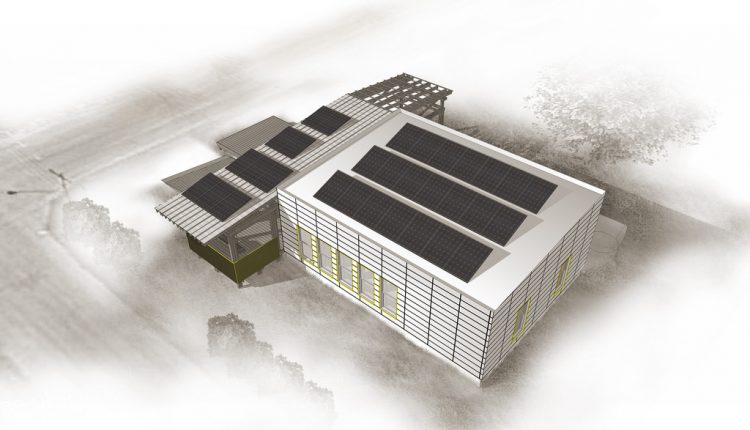Every two years since 2002, the U.S. Department of Energy hosts a Solar Decathlon challenging collegiate teams to design, build, and operate solar-powered houses that are cost-effective, energy-efficient, and attractive. Winners are based on the home’s affordability, consumer appeal, and design excellence as well as its capabilities to produce optimal amounts of energy.
Next month, 17 teams from colleges around the country will show off their two years of hard work in California, where all of the solar-powered homes will be on display for public viewing.
Some of the teams that will be participating include
- Clemson University
- Crowder College and Drury University
- Missouri University of Science and Technology
- New York City College of Technology
- State University of New York at Alfred College of Technology and Alfred University
- Stevens Institute of Technology
- University of Florida, National University of Singapore, and Santa Fe College
- The University of Texas at Austin and Technische Universitaet Muenchen
Some of the solar-powered homes that will be on display next month worth noting can be seen below.
1. Clemson University: Indigo Pine

Clemson University designed this home to suit a family of four. The team transformed a traditional Southern home to make it more modern: the house’s structure is wood, but it is framed with a new technique, the roof is flat, but the ceilings are gabled, etc.
2. New York City College of Technology: DURA

The NY City Tech team wanted to create a solar-powered emergency home for post-disaster housing that meets the needs of high-density urban environments found in New York. So they opted for a stackable design to provide relief after catastrophic storms that can also be used for mobile and low-income housing in urban areas.
3. Vanderbilt University and Middle Tennessee State University (Team Tennessee): Harmony House

Team Tennessee is working on a sustainable and efficient home for lower-income families based on one of Tennessee’s oldest architectural styles—the dogtrot house. The dogtrot house traditionally comprised two side-by-side log cabins connected by a center breezeway and covered by a shared roof. The “dogtrot” allowed breezes to flow through the home during hot summer months.
The goal is to make sustainability available to low-income families in populated areas so the team designed it in three modules so it will be adaptable and transportable. The home also includes a built-in garden to encourage residents to grow fresh fruits and vegetables during Tennessee’s 225-day growing season.
For a full list of the team’s and their display homes visit the U.S. Department of Energy.

